We’re excited to introduce you to the always interesting and insightful Kelly Tate. We hope you’ll enjoy our conversation with Kelly below.
Kelly, thanks for taking the time to share your stories with us today What was it like going from idea to execution? Can you share some of the backstory and some of the major steps or milestones?
One of my greatest strengths and greatest weaknesses is that I’m a perfectionist. When it came to figuring out how I was going to display my photography in a 10×10 booth at an art fair, I saw both sides.
Once I had a portfolio I was mostly happy with, I knew the next part of my plan to become a professional landscape photographer was to start selling at art fairs, and this required having a booth. Usually this consists of a tent of some sort, a place to hang your art, and a small location to keep the necessary materials to operate a shop in the middle of a public street.
Coming into this I had studied other artists from every medium at art fairs for a couple years, asking questions (when they weren’t busy), making notes, diagramming layouts, researching different vendors, and everything in between. I pretty quickly came up with a physical layout that I was content with, which included a small space in the back where I could, as an introvert, hide when I needed a couple minutes break from the crowds.
The next step was to figure out how I wanted to arrange everything on the walls. Some artists I know switch things up every fair, and I do a little bit as well, but I put in a lot of time coming up with my initial design. I set up my booth, even before I had my prints, and hung blank pieces of paper the size of various prints so I could play with the layout. Having the time and freedom to play with the spacing was invaluable as trying to figure out a booth layout after a couple hours setting up the physical tent and walls is not what I wanted to do, especially for my first couple times.
At the same time, I also consulted with a number of framers to find a unique look and way to present my work in the best light. Eventually I came across Greg from Accent Arts who I really appreciated for his expertise and aesthetics and I have been working with him ever since.
Now I needed something to actually frame, and the process of selecting a lab for my prints was far more lengthy than I had imagined. Many labs put a gloss coating on their metal prints, but I find the high gloss coating distracts from the image and wanted something different, which was a challenge in itself. Getting samples from various labs and comparing them to my proofs was an adventure. I have always used a color calibrated monitor to do my editing, and despite that you would be shocked how varied some labs are with their colors. For my matted prints I found out there are hundreds of options on papers that you can use to produce the print as well as the matting that goes around them. After wading through rivers of samples I landed on a lab out on the west coast that met my needs and I trusted with my work.
With all the major decisions done and out of the way, I felt like I was sailing free and clear. But, like someone planning a wedding; just because you have the venue, caterer, band, and cake all picked out doesn’t mean you are done. A hurricane of little things is going to hit all in the last couple months leading up to “The Big Day.”
For me the last couple months before my first art fair were all consumed with endless details such as pricing, signage, designing business cards, credit card processing, linking all of this with my website, and, if I had time, things like social media. With the bigger things I really appreciated my perfectionism as it made sure that the main things were incredibly well thought out, but with these smaller decisions it started to become more paralyzing than anything else.
The small details that I began fretting over were things that most people would probably never notice, but I would. It took a lot of effort to put my foot down for all of these little things that came up and declare that it was “good enough” for now. This took a lot of mental energy out of me, and in hindsight left me quite stressed and mentally compromised for art fairs. But that’s a story for later in the article.
All in all, once I got a chance to step back and take a look at what I had put together after setting up for my first art fair (which happened to also be in the rain) I was beaming with pride. My booth looked like somebody that had been doing this for years and had things all figured out, and that first year I took great pride in the expressions I got from patrons and especially fellow artists when I told them this was my first year. There is great benefit in being a perfectionist, as long as you give yourself ample time and aren’t afraid to declare something done, even when you think it can still be improved. Because if you obsess over things until they are perfect, you’ll never get around to actually doing anything.
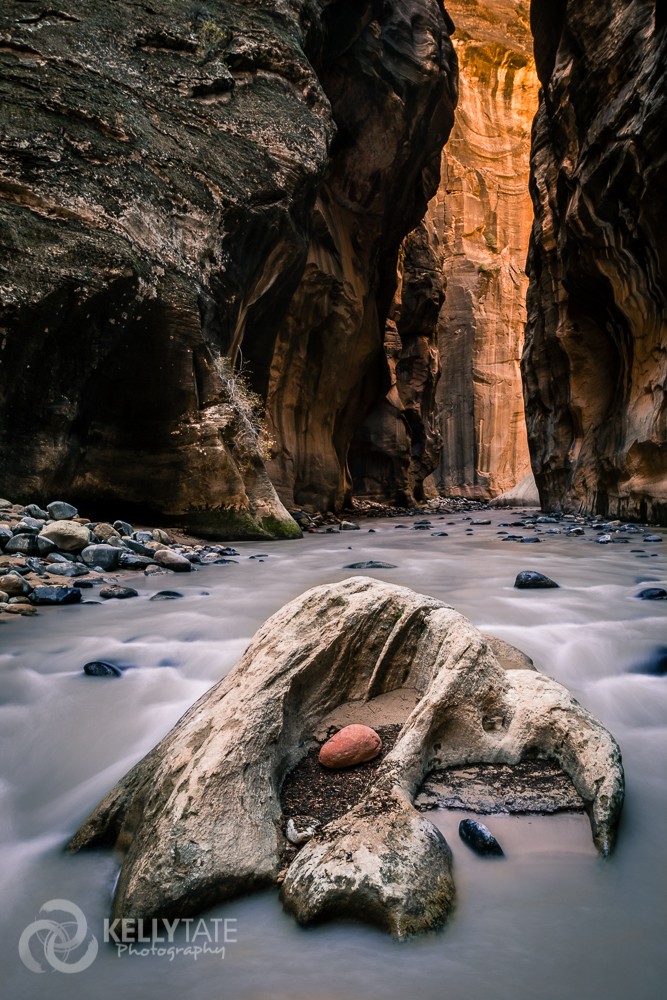
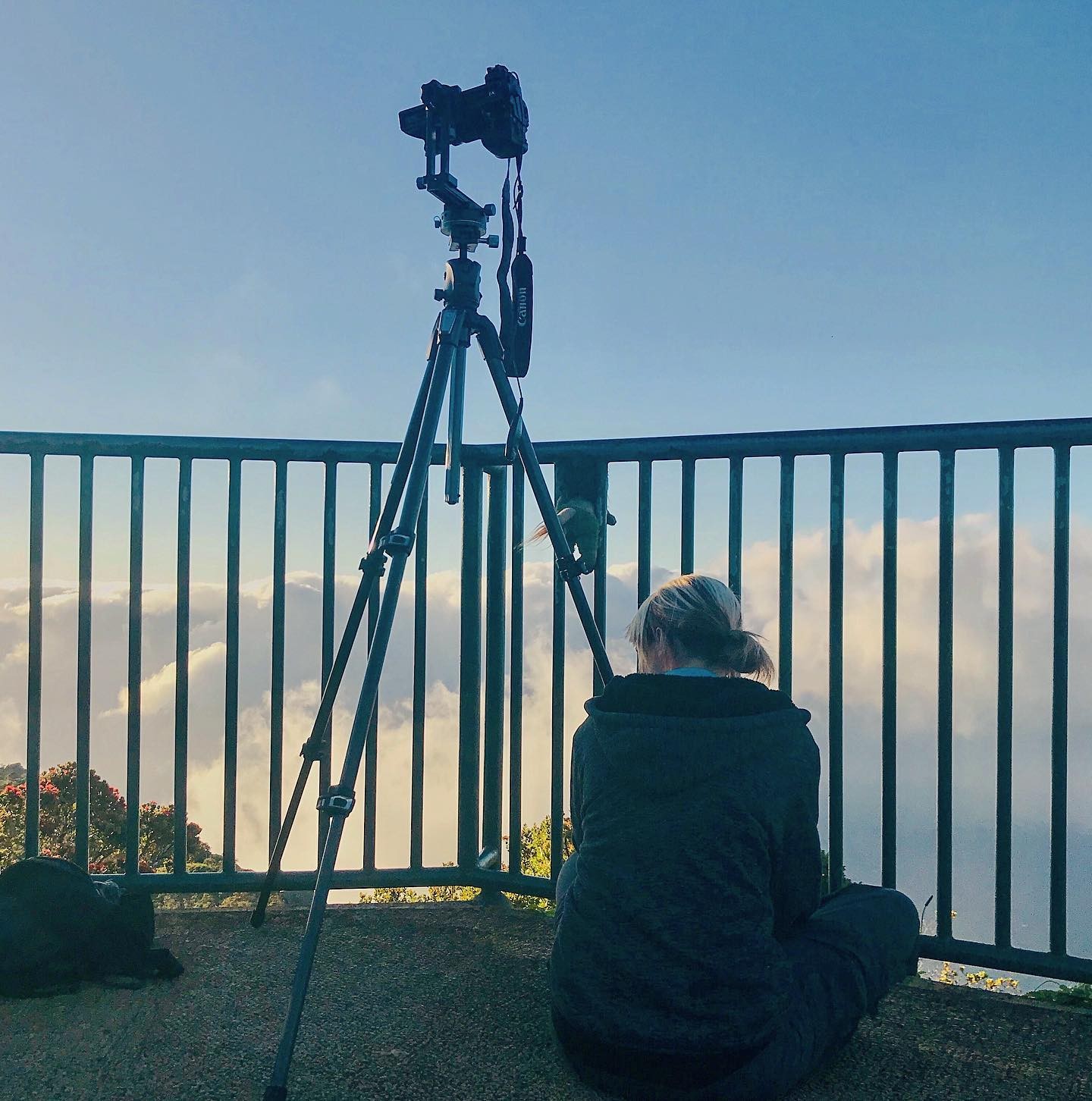
Kelly, before we move on to more of these sorts of questions, can you take some time to bring our readers up to speed on you and what you do?
The story about how I became a professional landscape photographer is quite interesting. It started with something we’ve all done: Saying “I could do that” when looking at someone else’s art.
I had always loved photography. You could say I grew up with it, as my dad was a pretty talented amateur portrait photographer, even winning some awards in the various contests he entered his work in, and a fair amount of the artwork hanging on our walls were pieces he bought at various local art fairs. In fact, one of the highlights of our summer was attending the Uptown Art Fair each year. One year as my dad was buying a photograph, I discovered an image of three horses in the matted prints bin and immediately fell in love. When my dad went to make his purchase, I asked him if could get the horse photo. He said no, but the artist, who has been watching, smiled and told me that I could just have it. To this day that memory has been a strong influence in how I interact with people, especially children, that come into my booth.
Fast forward a number of years and I continued my tradition of making the Uptown Art Fair a key date on my calendar. One year walking around with Mike (my partner), we were leaving the booth of a photographer that I thought was pretty good and I was feeling overly confident. I may have uttered the phrase, “I could do that.”
Mike then, without missing a beat, said, “Ok, then do it.”
I immediately regretted my comment and I began to try and walk it back. I argued that I didn’t know how to edit, I didn’t even have a good enough computer to do photo editing, my camera was a simple point and shoot, etc. But Mike insisted that there was a nugget of truth in my bravado.
So soon after Uptown, he found a deal on an entry level Canon Rebel and bought it for me. Shortly thereafter it arrived, and the box it sat in terrified me. I was intimidated by all the settings a camera like that offered. I was afraid to find out I wasn’t as good as I thought I was. But most of all, I was scared of trying and then failing.
The camera sat in the box in a corner for a couple months before I gathered up the nerve to open it. Mike and I went to a local park and hiked around the woods while I played around and experimented. It helped that Mike’s profession meant he had a solid understanding of optics and was fantastic at teaching me much of the theory of why things appeared certain ways with the various settings. We quickly found that we formed a solid team that could complete the journey I had put us on with my brief comment.
The next couple years I immersed myself in the camera. I took classes from National Camera Exchange (my local camera store), attended seminars by notable photographers, read books on composition and editing, as well as countless articles online to hone my craft. Along with this, Mike and I traveled around the State of Minnesota nearly every weekend going to various state parks where I practiced the things I was learning. Getting out into the field like that and treating those trips like a serious photography shoot was instrumental in accelerating my growth.
We also took a couple vacations during that time, and as somebody that loves to travel I fell in love with the idea of capturing the beauty and “wow” factor of a location with my camera. I always suspected that if I was going to do this professionally I would have a portfolio of photos from all around the world, and this confirmed that.
Today I’m grateful that I had that brief moment of cockiness and uttered that fateful phrase of “I could do that.” It has let me stretch myself creatively, given me a great challenge to last a lifetime, and let me explore and discover who I am as a person.

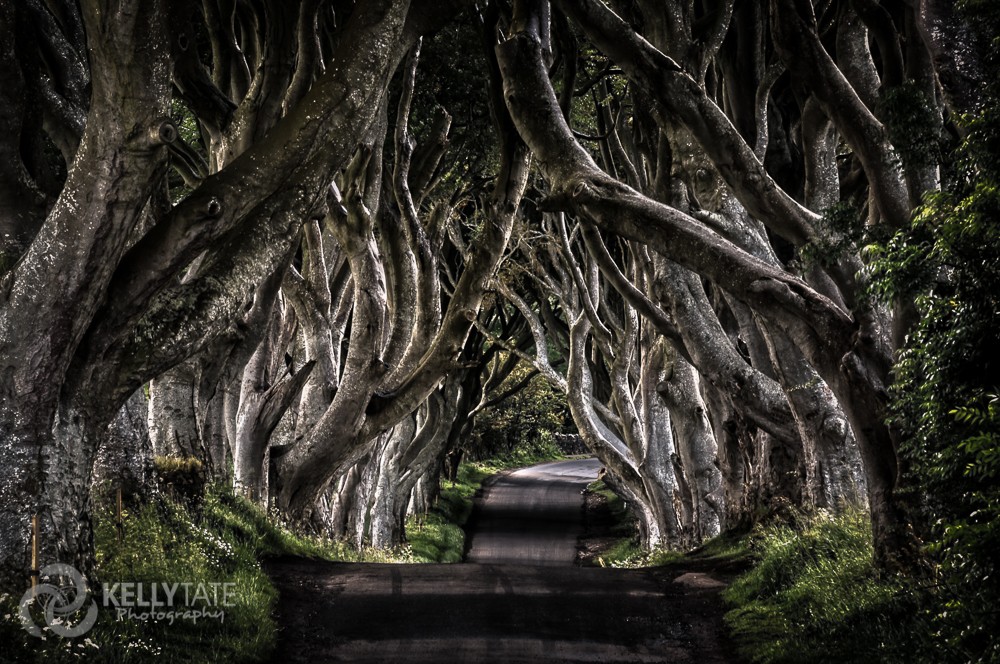
We often hear about learning lessons – but just as important is unlearning lessons. Have you ever had to unlearn a lesson?
I like to think part of what makes me a good photographer is that I always want things to be as perfect as possible right off the bat. This works great in photography because it means I will work tirelessly to get a shot as complete as possible in the camera. It can be tempting to leave a location I’ve been shooting for days at a time when I have an OK photo that could become quite striking if I used a heavy hand in the editing process. But for me, I am obsessed about getting things right in the camera on site, and it means I can create some eye-catching work with only a light touch in the digital darkroom.
This works great for the photography itself, where once I release a photo, I’m done with it and I won’t edit it anymore. The downside to this mentality is that I tend to try and get everything else perfect initially which doesn’t always work well on the business side of things. I don’t recognize that oftentimes I need to evolve and change things up. I might have an idea for a different way to display my work, and I’ll put massive amounts of effort bringing the idea from 95% complete to 100% complete before I try it out, only to find out that I needed to rethink something a bit more basic.
A recent example of this was a new product I released last year, which are these small curved prints on aluminum that can stand up on a shelf or desk. I spent a ton of time designing the display for them, going into excruciating detail about how they were going to fit into my redesigned booth. I envisioned them on some stepped shelves on a table located centrally in my booth. So I dove in deep on those stepped shelves making sure the aesthetic of them were absolutely perfect. Then I realized that in windy conditions they were susceptible to being knocked over, so I designed and manufactured small plexiglass feet that the photos could rest on if added stability was needed.
What I learned however was that those shelves were too low to catch people’s eyes and it ended up confusing most people entering into my booth. Eventually I installed some larger shelves onto the walls of my booth that addressed that issue and my sales picked up. In the end all the work I put into getting that display absolutely perfect was a lesson in unlearning perfectionism. You have to see what works or doesn’t work, sometimes with experimentation, and build on things you learn each time.
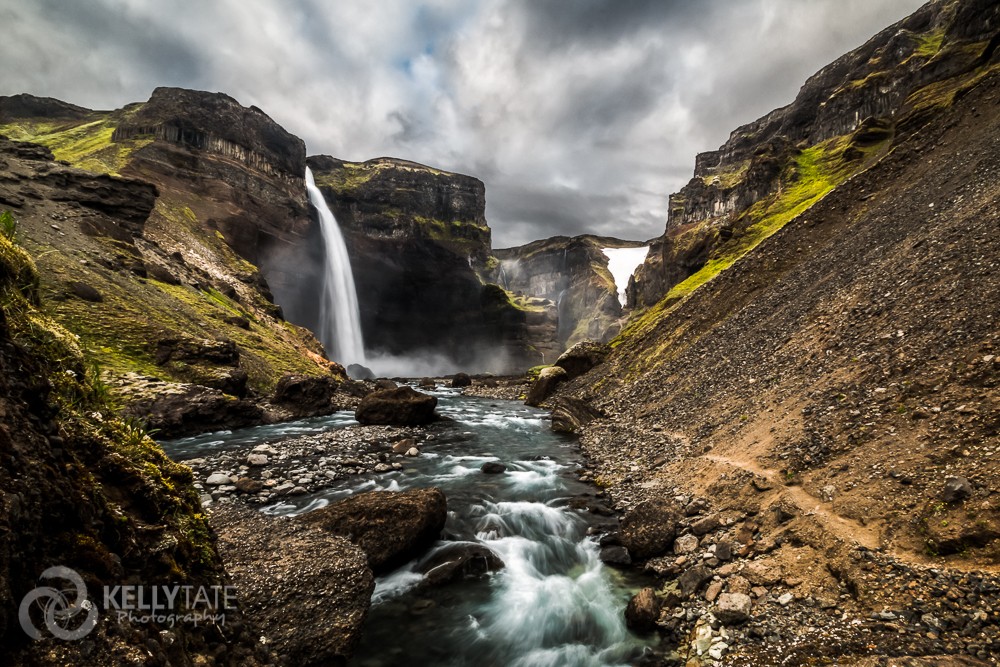
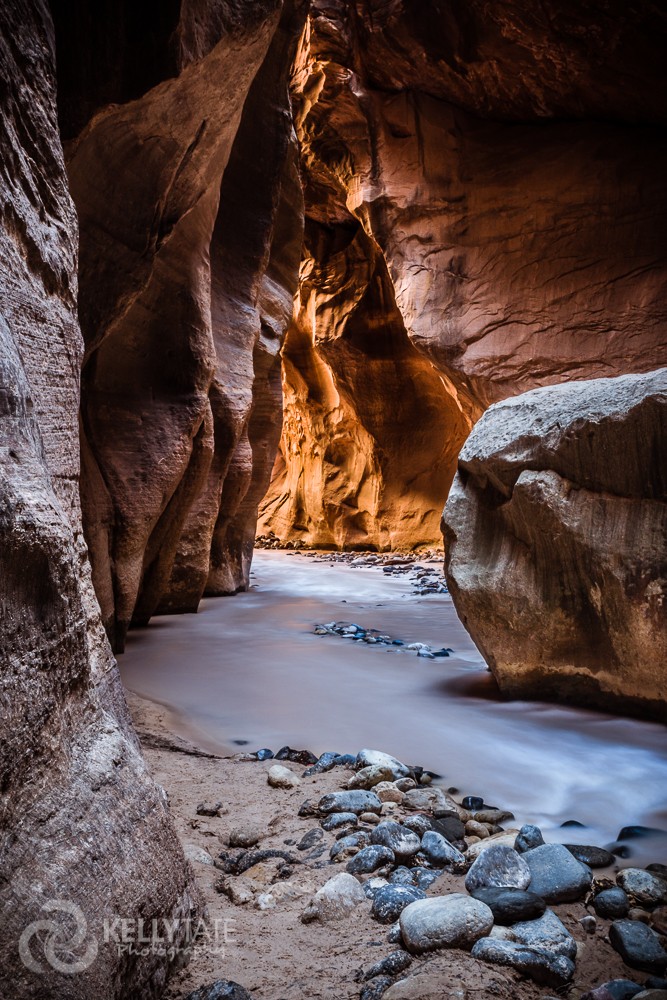
We’d love to hear a story of resilience from your journey.
I have always struggled with anxiety and depression. There are many methods I use to cope with it as it comes, but it can take a fair amount of effort. Then, as a natural introvert, doing art fairs where you are talking to a constant stream of people for 10+ hours a day for 2-3 days in a row in the heat of summer, my energy levels are extremely taxed. There have been days where I just didn’t have it, where I’ve sat behind my booth on the verge of becoming physically ill because I didn’t feel I could go on. I’ve even hidden in a porta potty just to escape the crowds of people and have a moment of peace. Still, I love doing this and showing my work at these fairs, so I’ve needed to be resilient.
The most challenging example was when I was scheduled for an art fair one fall a week after I spent a night in a Las Vegas theater on lockdown as 58 people were killed and more than 500 injured at a concert across the street. If I was anxious before, this was an entirely different level. Thankfully I had worked on some coping tools with my therapist over the summer and I used every single one of them. That whole fair is still a blur to me, and my sales were abjectly terrible as I was giving off a negative energy all weekend long. However, I learned from that weekend that I had the tools and resilience to overcome and make it through any show.
There is no one path to becoming resilient when faced with adversity. No matter what you do though, you must always make a choice in how you deal with it, even if that choice is to do nothing. If you choose to move forward, there are many tools at your disposal. You can use yoga, meditation, and breathing exercises. You can rely on friends and family, take a step back to give yourself space, or go to therapy and work through whatever is hanging you up. Sometimes you just might need to push through.
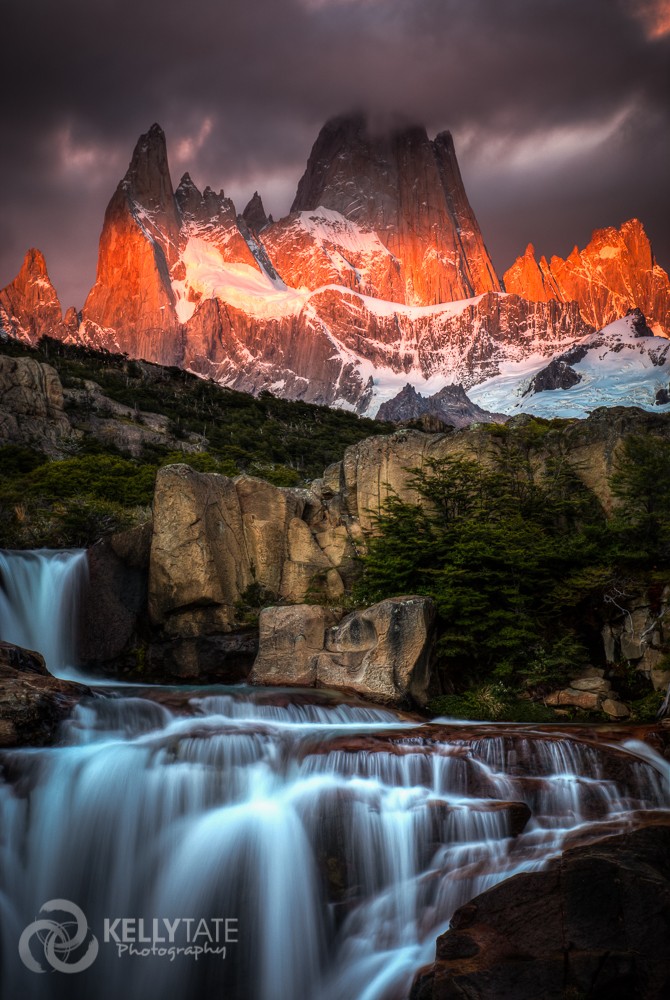
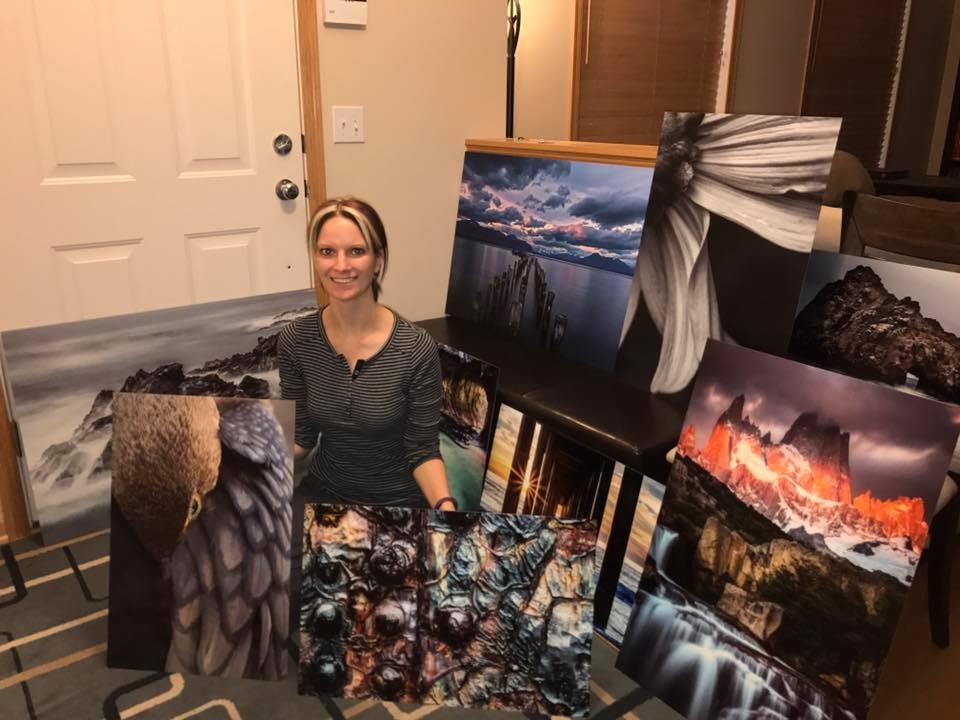
Contact Info:
- Website: www.KellyTatePhotography.com
- Instagram: www.instagram.com/kellytatephoto
- Facebook: www.facebook.com/kellytatephoto


